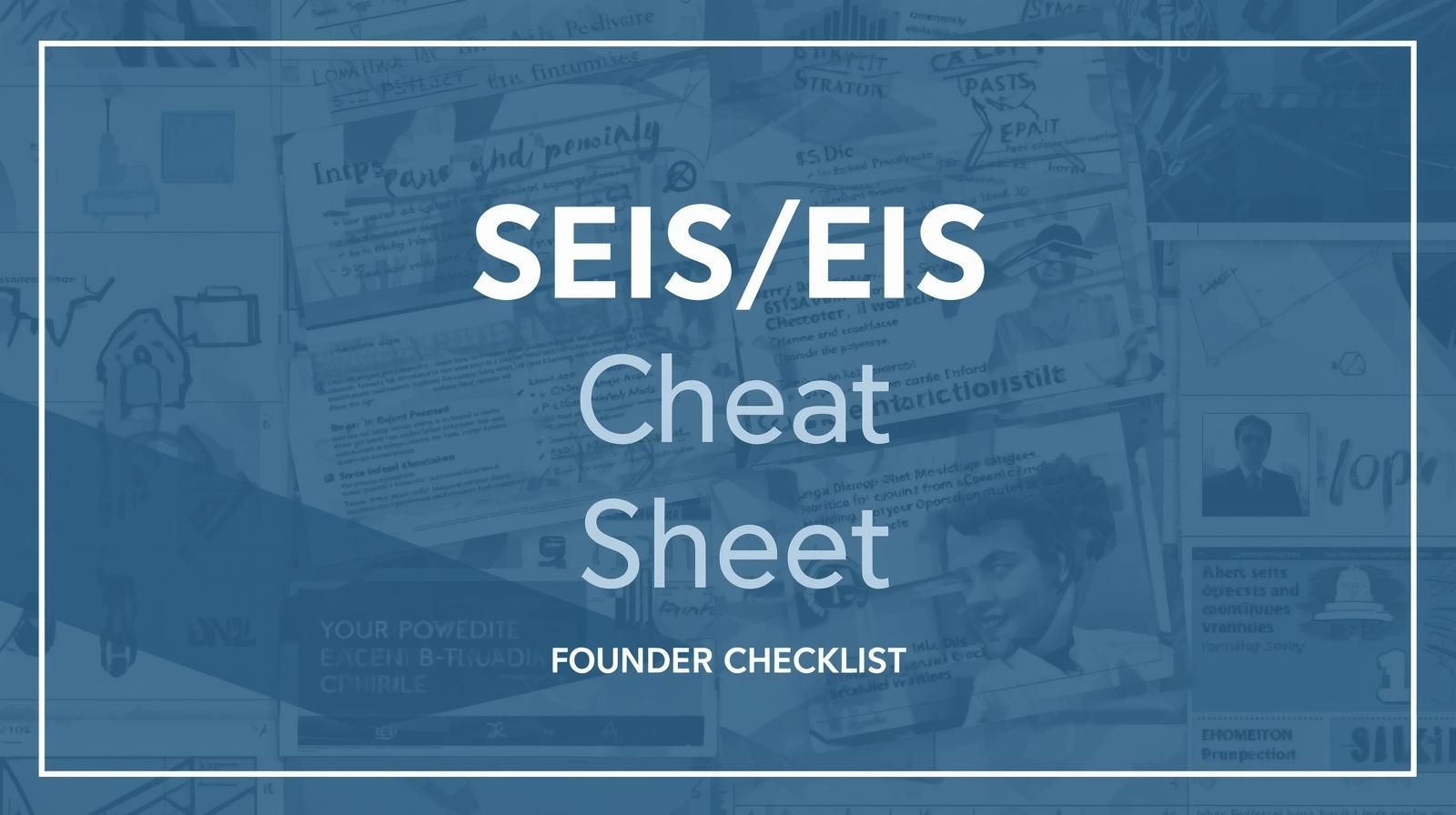Building a Bulletproof R&D Claim – How to Use HMRC’s R&D Online Eligibility Checker

Written by:
Daniel Scott
Partner & Head of Accounting
Introduction: why R&D claims matter
The UK’s research and development (R&D) tax relief regime is one of the most generous innovation incentives in the world. For tech start‑ups and scale‑ups, R&D relief provides a direct cash boost or corporate tax reduction that can help fund product development, data‑science projects or engineering experiments. In recent years the UK government has tightened its rules and moved to a merged R&D scheme: the SME scheme and RDEC have been streamlined with changes to overseas subcontracting, subsidised costs and the R&D intensity threshold. This means founders must stay on top of changing guidance and ensure claims are defensible from the start.
As well as releasing updated legislation, HMRC launched an R&D online eligibility checker – a free web tool designed to help companies assess whether their project includes qualifying R&D. This article explains how the checker works, its advantages and limitations, and provides a comprehensive guide to building a bulletproof R&D claim. We also look at the most searched keywords and frequently asked questions around R&D to optimise the article for founders searching for a trusted R&D advisor.
HMRC’s R&D online eligibility checker – what is it and how does it work?
HMRC’s online eligibility checker (also referred to as the R&D online checker or eligibility tool) is an interactive questionnaire hosted on GOV.UK. Launched in 2024 alongside the merged R&D scheme, the tool asks a series of yes/no questions about your project: what problem you are trying to solve, whether there is scientific or technological uncertainty, who does the work and whether it is conducted in the UK. Based on the answers, the checker gives a general indication of whether the work might qualify under the R&D rules.
Key features:
- Guided questions – users answer a handful of multiple‑choice questions about their project. HMRC’s tool explains the concept of a “technological uncertainty” and stresses that the outcome must not be readily deducible by a competent professional.
- Quick result – at the end, the tool provides a message such as “Your project appears to meet the definition of R&D” or “Your project is unlikely to meet the definition”.
- Next steps – the checker links to HMRC guidance on claim preparation and to the additional information form (AIF) that must accompany corporate tax returns.
Benefits
- Initial self‑assessment – start‑ups can quickly test whether a project is likely to qualify before committing to a full claim.
- Awareness of key concepts – the tool educates users about the need for technological uncertainty and independent R&D. This is helpful for founders unfamiliar with R&D terminology.
- Free and anonymous – no login or personal information is required, making it low‑risk for initial screening.
Drawbacks
- Limited depth – the tool provides a binary answer and cannot assess nuanced projects. It does not replace professional judgement.
- No expenditure calculation – there is no facility to estimate potential benefit or to distinguish between qualifying and non‑qualifying costs.
- No record‑keeping advice – HMRC’s tool does not help with building the detailed technical narrative or cost breakdown needed for a claim.
Therefore, while useful as a first pass, the HMRC checker should not be the sole basis for decision‑making. Companies still need to build robust evidence and consider complex rules such as subcontracting, overseas work or state aid interaction.
Building a bulletproof R&D claim: a step‑by‑step guide
To maximise your claim and reduce the risk of enquiry, follow these steps:
1. Define the problem and the uncertainty
A qualifying project must aim to achieve an advance in science or technology and involve technological uncertainty. Write a problem statement that explains why the work could not be easily solved by a competent professional. For software, this might involve developing a new data‑processing algorithm that no existing library could handle; for engineering, it might mean creating a material that withstands extreme temperatures. Avoid marketing language and focus on the technical gap.
2. Record your process from day one
HMRC expects contemporaneous evidence. Keep a log of experiments, sprints or design iterations. Record failures as well as successes; the point is to demonstrate a problem was non‑trivial. Link time sheets and payroll data to specific R&D tasks and retain signed notes from the competent professional who directed the work. For each cost, note whether it relates to staff, subcontractors, software or consumables.
3. Map qualifying and non‑qualifying costs
Under the merged scheme, eligible costs include:
- Staff costs – salary, employer NIC and pension for employees involved in R&D (apportion for partial time). Do not include sales or admin staff.
- Externally provided workers (EPWs) – agency workers may qualify only if they are UK‑based and under your direct supervision.
- Subcontracted R&D – only costs where you control the work and own the intellectual property. Overseas subcontractor costs are excluded unless specific exceptions apply.
- Software and cloud computing – costs for platforms used exclusively for R&D (e.g., compute for training machine‑learning models).
- Consumables – materials consumed or transformed during experiments.
Exclude marketing, sales, overheads, or any work done after the uncertainty has been resolved.
4. Choose the right scheme and check the intensity threshold
Under the merged scheme, most companies claim a 20 % expenditure credit (about 15–16 % net). If your company is loss‑making and R&D‑intensive (qualifying R&D makes up at least 30 % of total expenditure), you may be able to claim under the Enhanced R&D Intensive Support (ERIS) with a higher credit. Check your expenditure projections early in the year to see which category you fall into.
5. Handle state aid and grants correctly
If your project is supported by grants (e.g., Innovate UK), it may be classed as state aid. Under the new regime, subsidised R&D is not automatically excluded, but you must disclose the funding and apportion costs accordingly. Keep the grant award letter and record the aid basis (de minimis, notified or minimal financial assistance). If you have received de minimis aid, remember it counts towards the €200 000 three‑year cap (the same cap applies to SEIS). HMRC will expect to see that you have kept track of this.
6. Prepare the technical narrative
HMRC requires an additional information form (AIF) alongside your corporate tax return. Write a narrative that:
- Introduces your company and project in plain language.
- Defines the technological uncertainty and the advance sought.
- Outlines the stages of the project and the experiments or iterations performed.
- Describes any failures and how they informed the next steps.
- Concludes with the outcome and the advance achieved.
Attach supporting documents where possible, such as design sketches, test results or code snippets. Avoid marketing material.
7. Submit and respond swiftly
File the claim through your corporation tax return and the AIF. After submission, keep project records for at least six years in case of enquiry. If HMRC requests further information, respond promptly and provide only the requested documents. Avoid speculating; if a question is unclear, seek advice.
Frequently searched questions and answers
Keywords and questions frequently searched by founders include:
- What counts as R&D for software? – Work qualifies if it overcomes technological uncertainty. Using off‑the‑shelf libraries or building CRUD applications does not.
- Can I claim for R&D done overseas? – Only if the work could not be done in the UK for technical or legal reasons. The merged scheme is much stricter on overseas subcontracting.
- How does the 30 % intensity threshold work? – It measures the proportion of total company expenditure that is qualifying R&D; hitting the threshold may allow access to the ERIS higher rate.
- Do I need to tell HMRC about grants? – Yes. You must disclose all state aid or subsidies in both advance assurance and the claim. Some grants may reduce the eligible expenditure, but under the merged scheme they can still form part of a claim if disclosed and apportioned.
- What happens in an HMRC enquiry? – HMRC may ask for logs, technical narratives, cost breakdowns and evidence of uncertainty. If the evidence is robust, most enquiries end without adjustment. If not, HMRC may disallow some costs and charge penalties.
Conclusion and call to action
Preparing an R&D claim is not just about ticking boxes; it is about telling a technical story that demonstrates genuine innovation. Using HMRC’s R&D eligibility checker is a sensible first step, but it is no substitute for a comprehensive approach. By defining your uncertainty, recording your process in real time, mapping costs correctly and writing a clear narrative, you will build a claim that can withstand HMRC’s scrutiny. This is especially important under the new merged R&D scheme, which introduces the 20 % credit, 30 % R&D intensity test and tighter overseas rules.
If you want expert support to prepare or review your claim, OnTheGo Accountants can help. We specialise in tech start‑ups and scale‑ups, offering:
- R&D claim preparation and review
- Advice on state aid, SEIS/EIS interaction and Innovate UK grants
- Record‑keeping systems and template documentation
- Representation in HMRC enquiries
Book a free consultation by emailing info@onthegoaccountants.co.uk. We will explain how the new rules affect your business and help you build a bulletproof claim.





